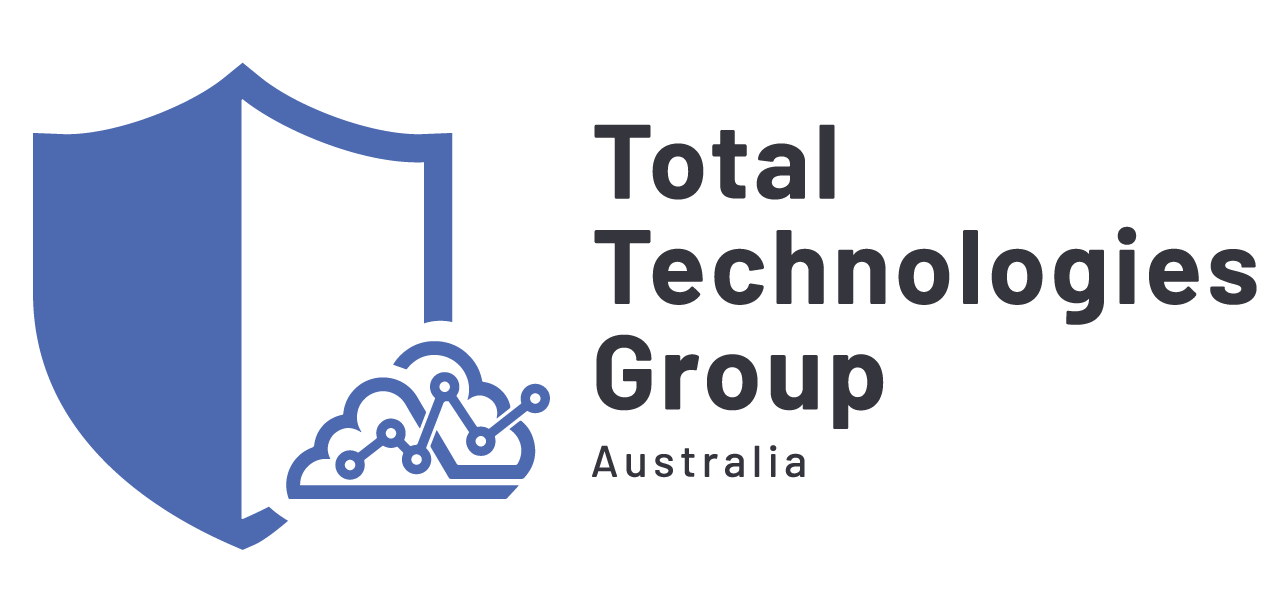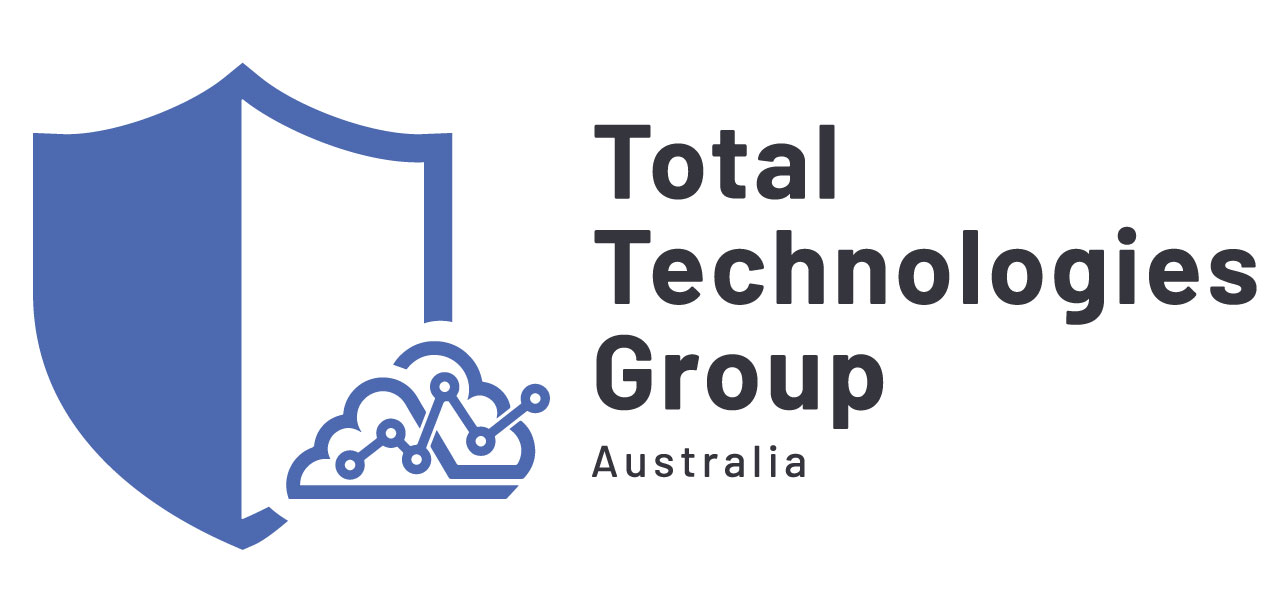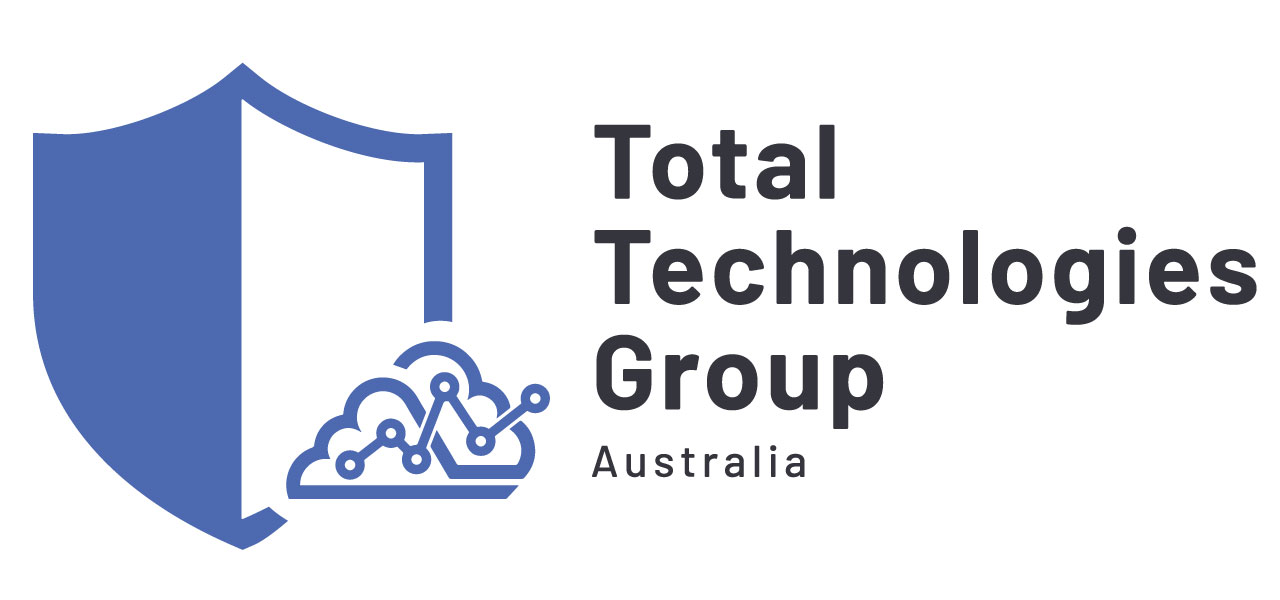
IT Audit Services: Ensures Security and Compliance for Your Business
Welcome to Total Technologies Group, our IT Audit Service is custom-designed for small businesses, recognising the unique challenges they face with limited resources and specialised expertise. We offer a holistic approach that includes risk analysis, compliance review, cybersecurity protection, and more. Whether you’re a startup aiming to build a robust IT infrastructure or an established small business looking to improve your security framework, our IT Audit Service delivers the insights and assistance you need to thrive in the digital era.
Our Key Features
Our key focuses of an IT Audit Service are:
- Security
- Disaster Recover
- Data archival processes and storage
- System Performance and Productivity
- Energy Efficiency
- Future proofing and planning
- Technical system documentation management
- On-premises vs cloud base technology evaluation

We work as an independent consultants to your existing IT contractors or internal IT department. The aim of the IT Audit is to review all aspects of your existing environment and put forward new ideas to enhance your systems.
We make our recommendations based on best industry practice and proven concepts that any suitably qualified IT consultant can manage.
The IT Audit Service is designed to enhance the security, compliance, and efficiency of small business IT systems, ensuring they are well-prepared to face future challenges.
IT Audit Service Package
Starter
Suitable for small businesses seeking to understand their current IT risk landscape.-
Risk Assessment
-
Network Security Analysis
-
Compliance Evaluation (Basic)
Standard
Ideal for businesses aiming to improve their security posture and ensure compliance.-
All Feature of the Basic Package
-
Data Protection and Privacy Audit
-
Compliance Evaluation (Enhanced)
-
Monthly Follow-Up Consultations
Premium
Best for businesses seeking comprehensive IT audit services with ongoing support and monitoring.-
All Feature of the Basic Package
-
Data Protection and Privacy Audit
-
Compliance Evaluation (Enhanced)
-
Monthly Follow-Up Consultations
VIP
Ideal for business aiming to have a special design tailored IT Audit Package-
All Feature of the Basic Package
-
Data Protection and Privacy Audit
-
Compliance Evaluation (Enhanced)
-
Monthly Follow-Up Consultations
Talk to IT Audit Expert
Are you interested in learning more about our IT Audit Service and how it can benefit your small business? Our experts are here to provide the guidance and information you need to make an informed decision. By speaking with our team, you can gain a deeper understanding of our rates and tailor a package that best fits your business’s unique needs and budget.
Why Speak with Our Experts?
Personalised Consultation: Receive a one-on-one consultation to discuss your specific IT challenges and goals.
Transparent Pricing: Understand our competitive pricing structure and what each package entails.
Tailored Solutions: Work with our experts to customize a package that aligns with your business requirements.
Expert Guidance: Benefit from professional insights and recommendations from our experienced IT auditors.


